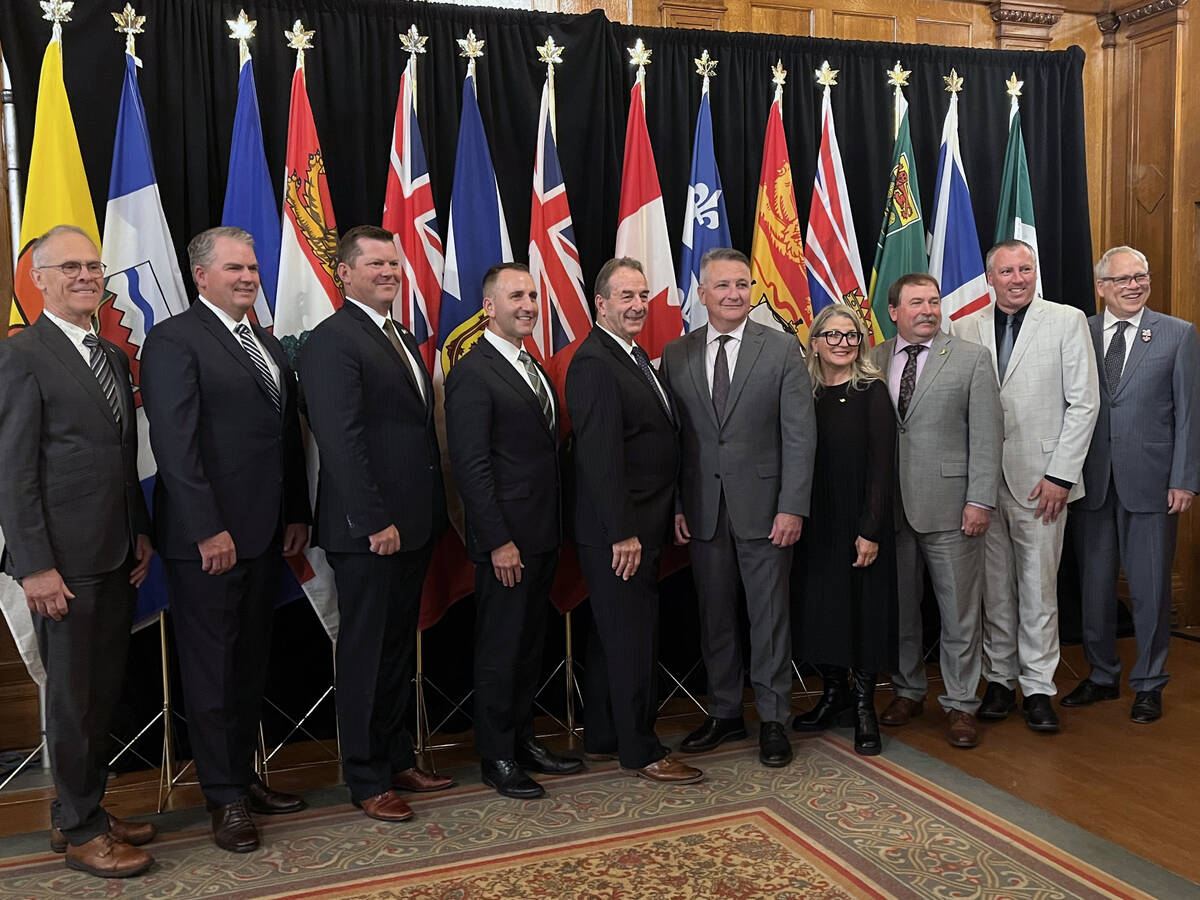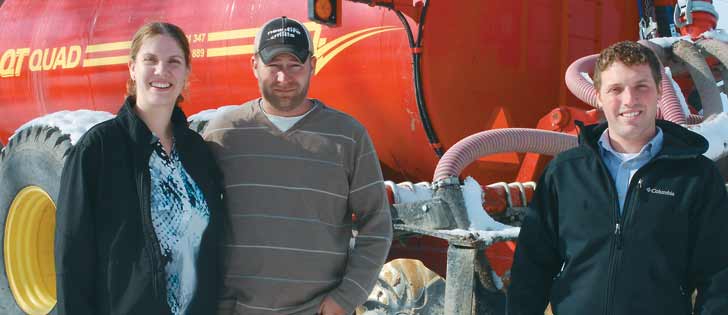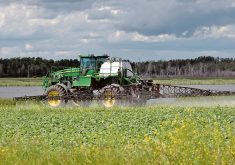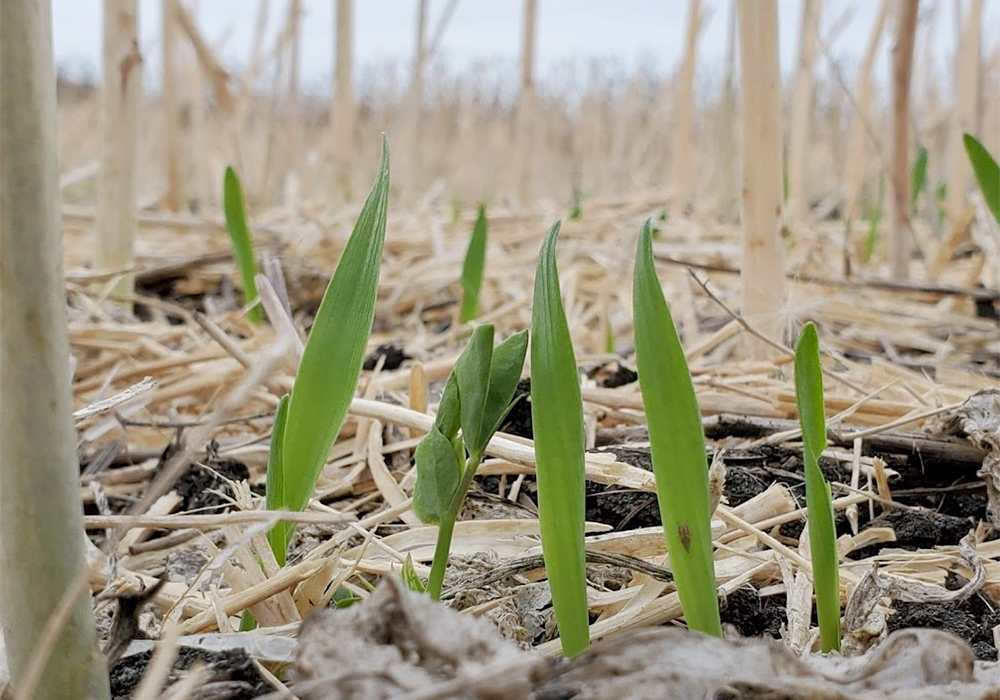Producers can use funding from the program to improve their practices and prevent fertilizer runoff into water bodies
WARWICK, Ont. — Runoff from the long slope behind Lyle and Maaike Campbell’s farmstead races across the road into a little creek every spring.
That’s a concern for the couple, who spread liquid swine manure on the adjacent fields at their farm near this rural hamlet in southwestern Ontario. They say it’s a waste of a resource, and there are their four young children to think about.
“I’d like to see my kids playing in that creek,” Lyle said.
The couple also feels it makes sense to combine agronomic practices that benefit both the environment and the bottom line.
Read Also

Agriculture ministers commit to enhancing competitiveness
Canadian ag ministers said they want to ensure farmers, ranchers and processors are competitive through ongoing regulatory reform and business risk management programs that work.
“I just want to be established so the kids have a chance here,” Lyle said.
Added Maaike: “And we want to do the best job that we can, to be good stewards.”
It’s what has driven the Campbells to invest their own money and receive financial support through the Farmland Health Incentive Program, which is part of the Great Lakes Agricultural Stewardship Initiative.
The couple is busy, thanks to caring for four young children, operating a 1,500-head sow barn and cropping 500 acres. They directed more than $30,000 in grant money toward their cropping operation.
Without it, the Campbells said they would likely not have tried planting a combination of tillage radish and oats as a cover crop in the small field next to the creek. It also allowed them to buy their Nuhn, an eight-row, manure injection system that’s equipped with a Krohne flow meter.
Cover crops may help improve soil health and build organic matter at the farm over time, but the investment in manure application technology is already paying dividends.
“We’re using the system to maximize the value of the manure, improve soil health and increase returns. At the end of the day, it’s all about the money,” Lyle said.
The GPS technology and the flow meter helps him know where and how much manure he is applying.
The system can also vary rates according to crop requirements, and in the future he plans to make greater use of yield and soil test mapping.
The injection system dramatically reduces the chance of runoff.
With his old system, manure was being under-applied because of foaming in the manure tanks. This skewed his application calculations.
The Campbells now feel confident they’re better able to meet crop requirements with the system. Application time in the field has also been reduced.
“It was by guess and by golly before: turn the p.t.o. on and hope for the best,” Lyle said.
Up to $25,000 in funding is available through the FHIP. As well, bonuses are offered when newer technology is introduced that reduces phosphorus risk, when pollinators are supported or when a project meets two or more eligible best management practices.
In some instances, 60 percent or more of project costs can be covered.
Program participants are required to hire a certified crop consultant whose work is paid through the program.
Filling out the necessary forms involved selecting fields for an in-depth review related to soil type, nutrient levels, soil erosion risk and land management practices.
The FHIP supports environmental improvement of the Great Lakes, including the reduction of phosphorus loading, which has been associated with toxin-emitting algal blooms in Lake Erie. Funding is expected to be available until 2018.
Best management practices include cover crops, organic amendments, crop nutrient plans, buffer strips, windbreaks and wind strips, tillage and equipment modifications, erosion control structures and fragile land retirement.















